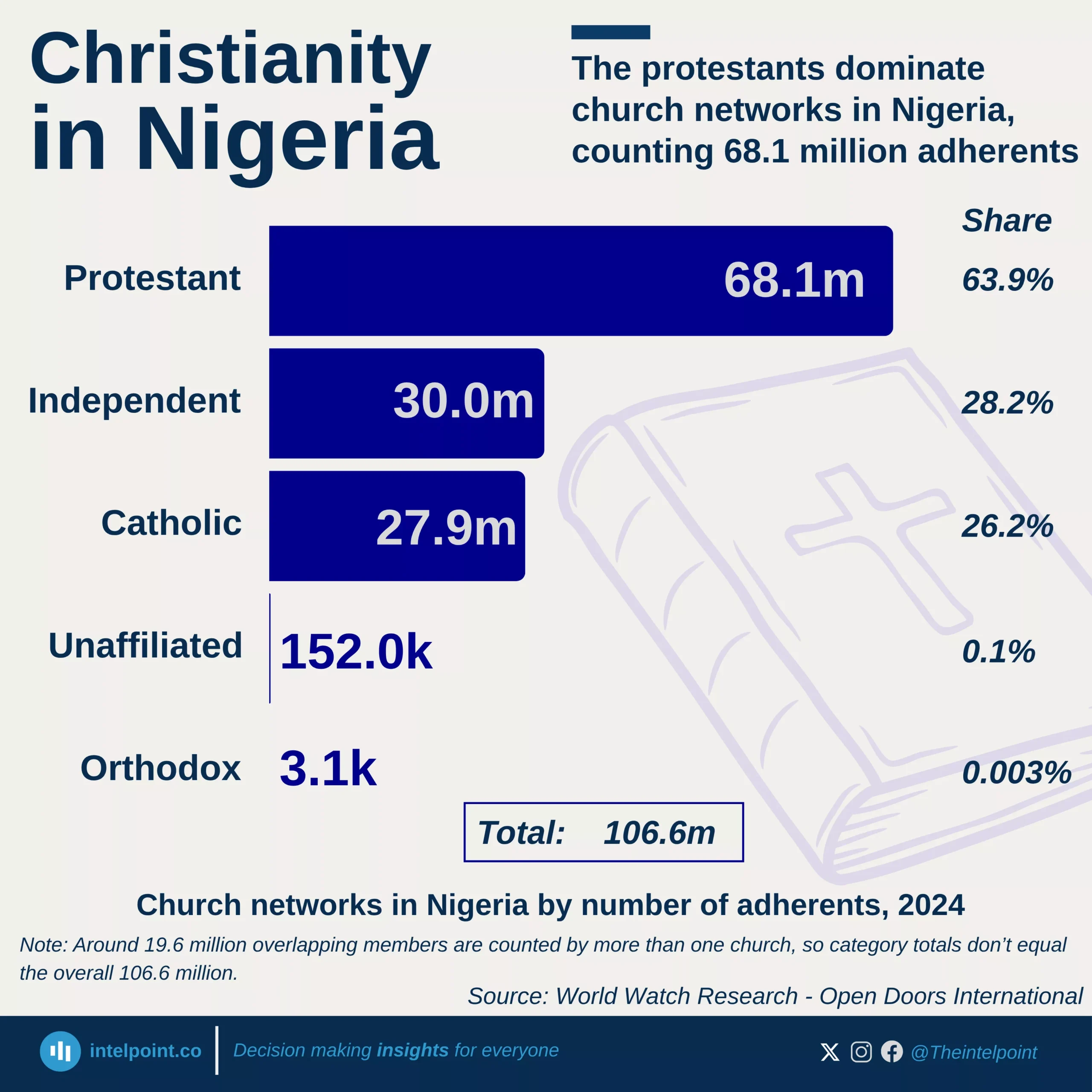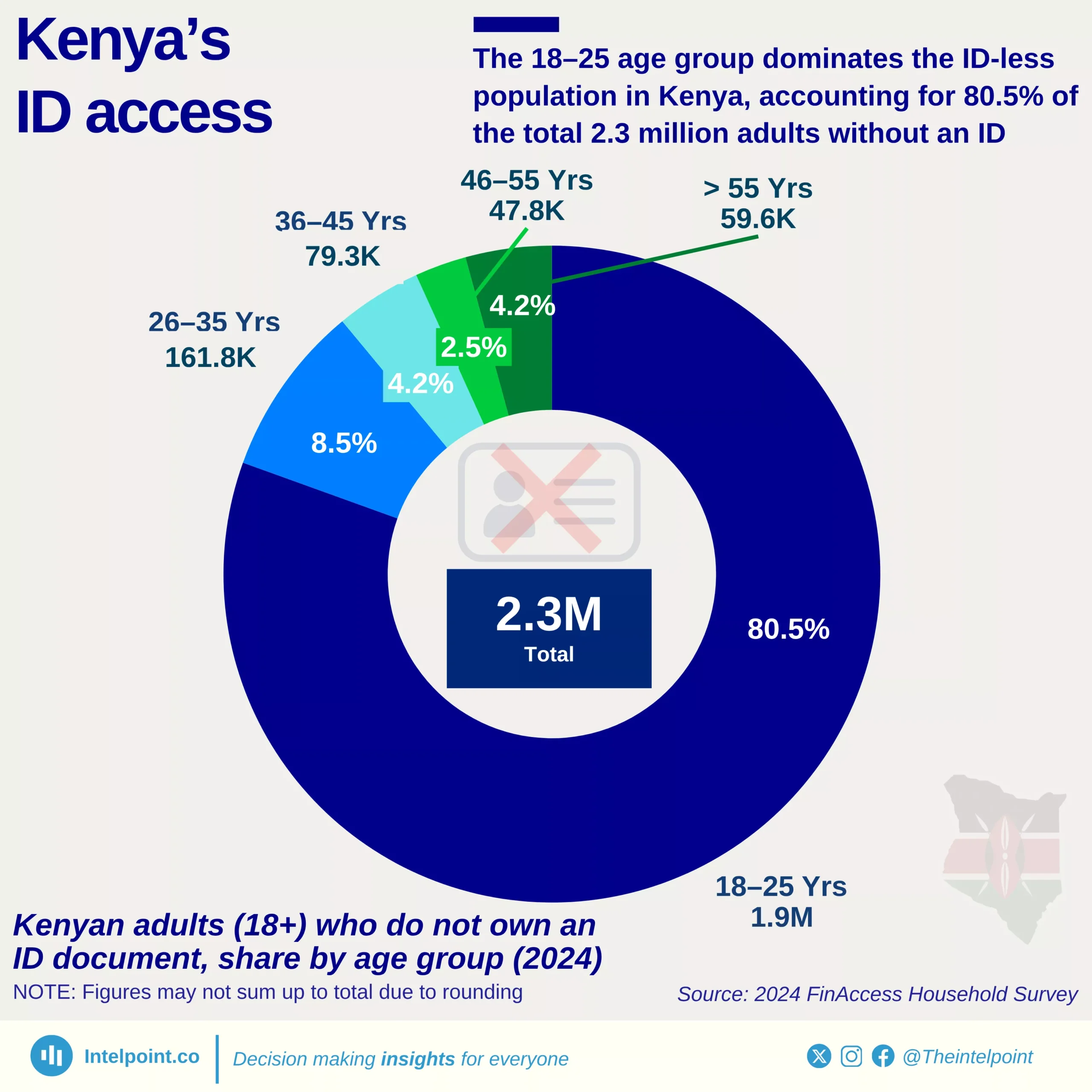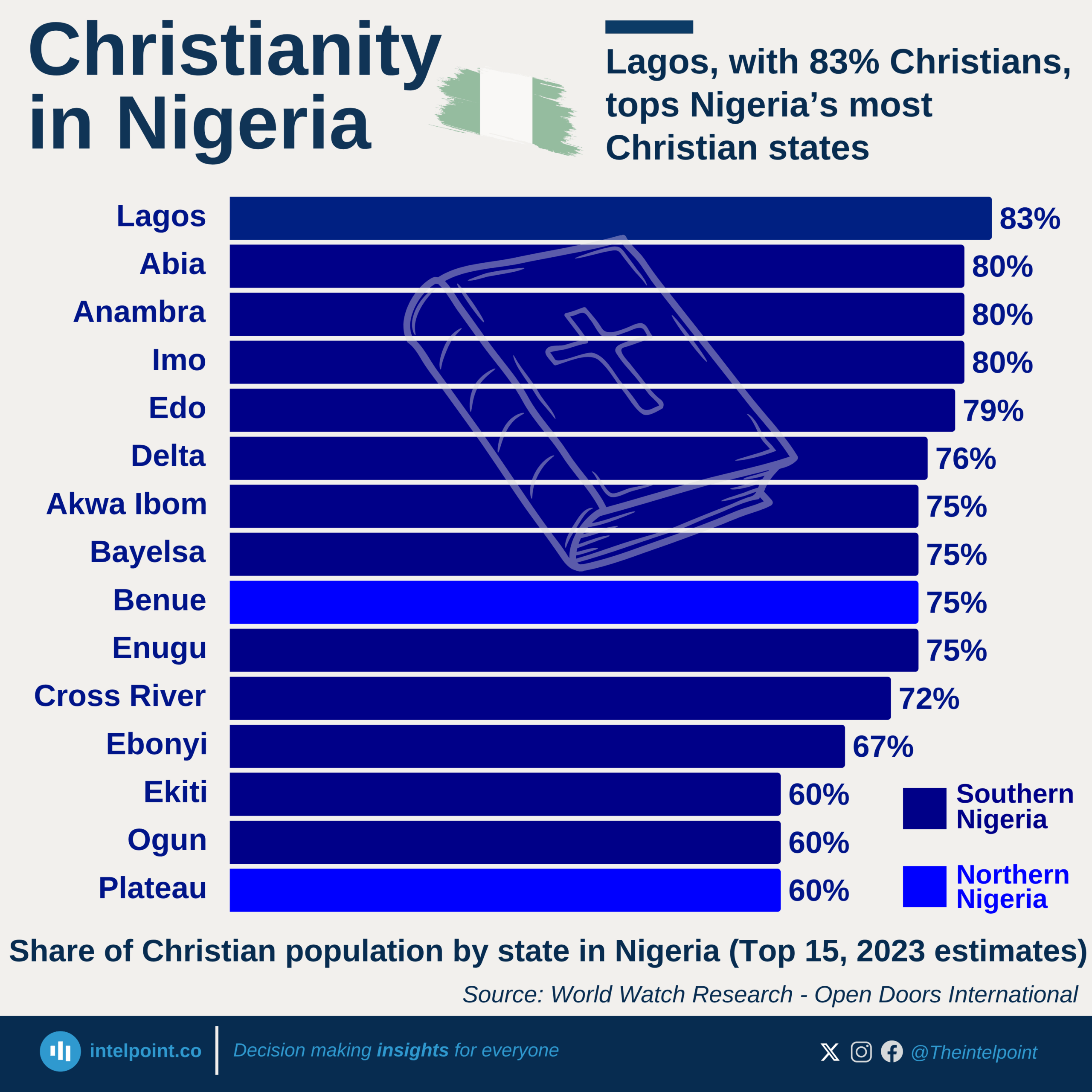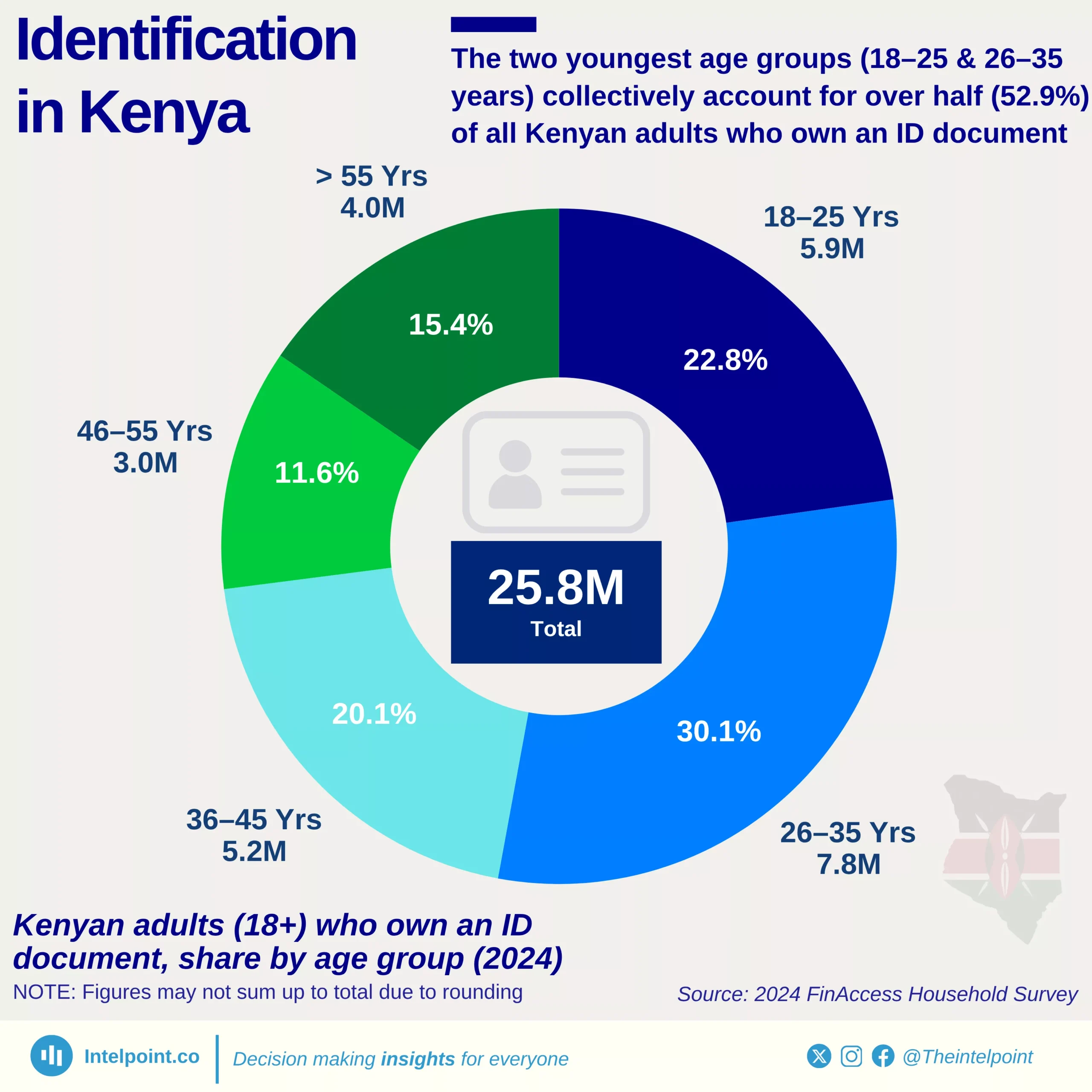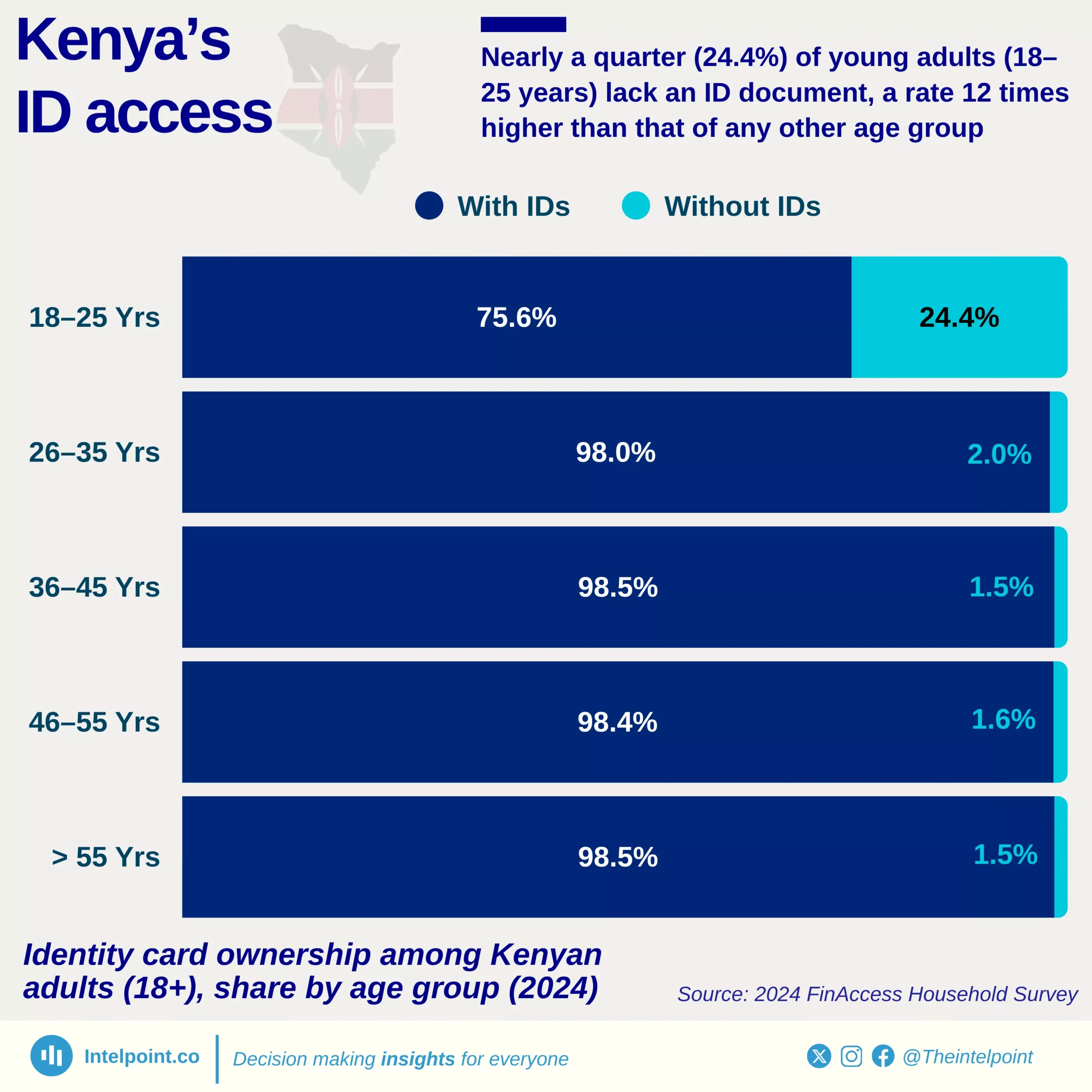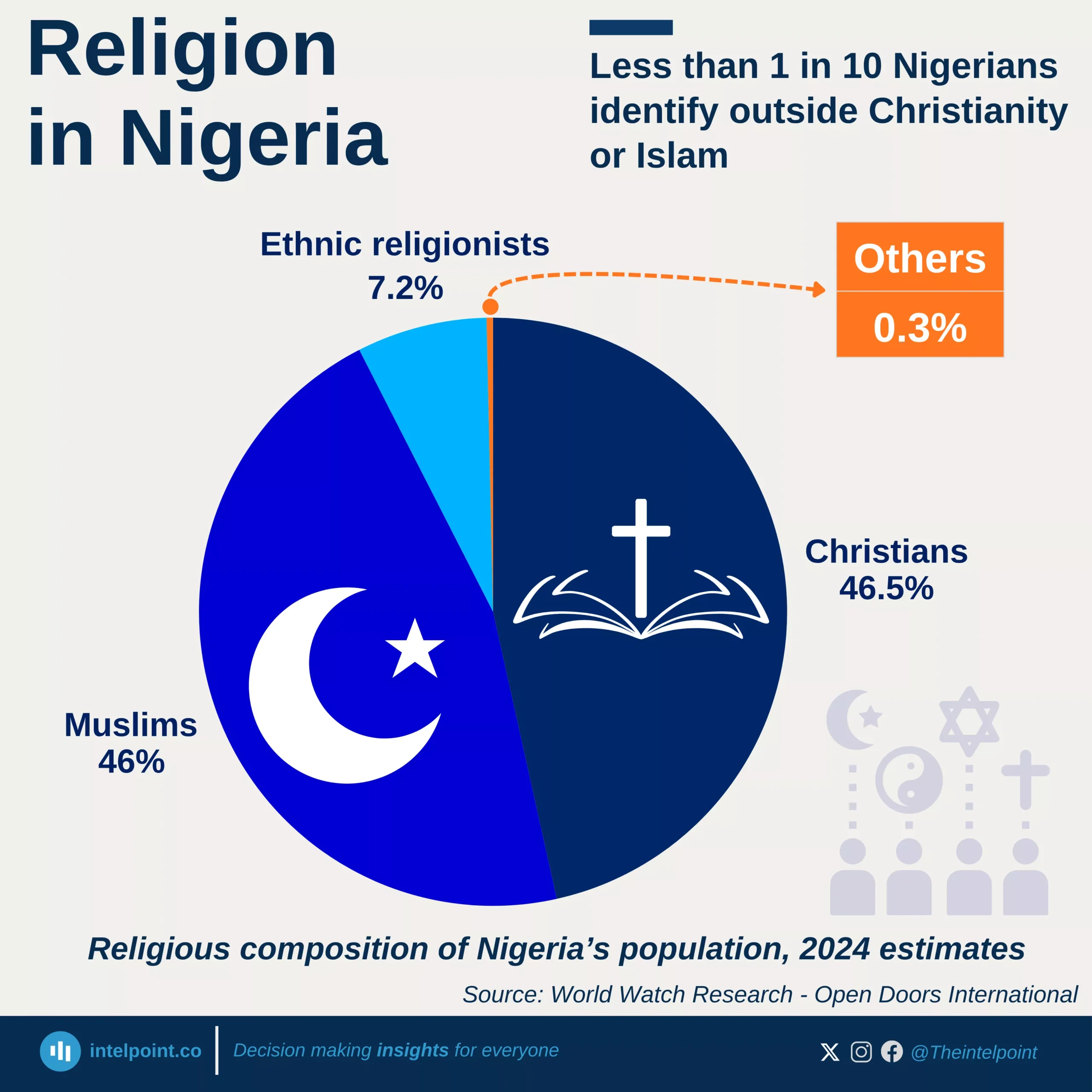With a population of over 200M people, 7.7 million were in need of humanitarian aid as of 2020. This figure has since increased, requiring the sum of $1.01bn to meet their needs. Here’s the trend of Nigerians in need of humanitarian aid over the last 5 years.
